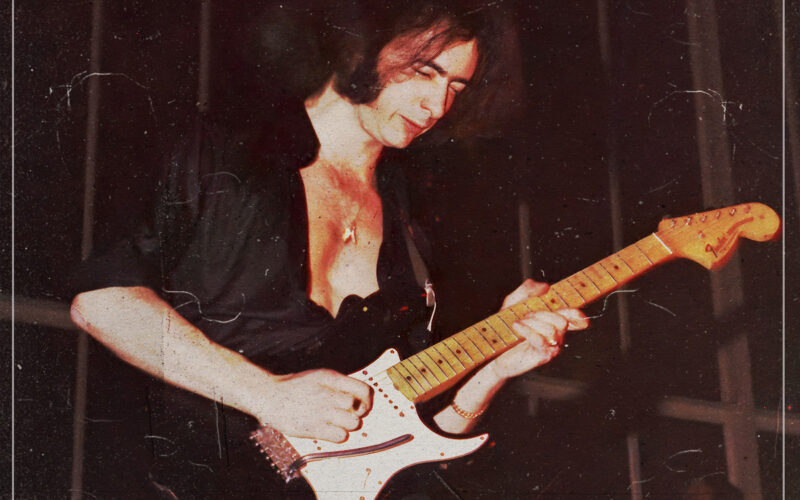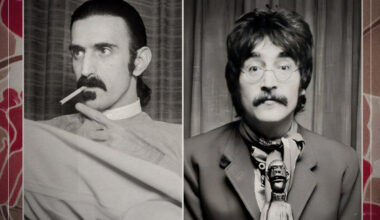Very few artists strike upon their ultimate masterpiece on the first attempt. To create something truly special takes time, effort, and experience, and young rock and roll outfits rarely have all three of those attributes at the very beginning of their musical journey.
Even a group as trailblazing and iconic as Deep Purple didn’t get it quite right on their first attempt back in the 1960s, something that guitarist Ritchie Blackmore himself has readily and repeatedly attested to.
It was back in the hippie age of 1967 that Deep Purple began to come together, and Ritchie Blackmore was the final piece of the puzzle in elevating the budding young outfit to another plane of skill and determination. Prior to joining the group, the guitarist made a name for himself as a session musician, much like his future hard rock comrade Jimmy Page, and this session work had led the guitarist to relocate to Hamburg, only returning to Blighty to audition for Deep Purple. Spoiler alert: he got the job.
Blackmore’s guitar playing with Deep Purple was utterly essential in establishing the sounds of hard rock and early metal, but his appeal as a performer was always much wider than that. Even those who were not immersed solely in the world of metal could not help but be entranced by his incredible riffs, which he seemed to create an abundance of during the early days of Deep Purple. In actuality, though, it took quite a while for Blackmore and the band to strike upon that iconic sound, making their first few records sound pretty disappointing in hindsight.
In 1968, as the era of counterculture and hippiedom raged on, Deep Purple unveiled their debut album, Shades of Deep Purple. In contrast to their later sound, the debut adhered much more closely to the blossoming worlds of psychedelic rock, even hinting at prog at certain points. Recorded in only three days, the album was a catastrophic flop for the band, selling incredibly poorly in the UK, despite the brilliance of tracks like ‘Hush’, which, admittedly, became a top-five single in the US.
Even with that hit single, though, Blackmore didn’t feel as though Deep Purple had reached their full potential just yet. As he recalled to The Quietus during a 2017 interview, “I’m not particularly proud of the first three records I did with Deep Purple. They seem to be meandering all over the place. We didn’t really have a niche, and we didn’t quite know where we were going.”
“There were good musicians involved and they played well,” the guitarist clarified, not wishing to cast aspersions on the talents of his bandmates during those early years. “But we didn’t really come up with much. In Rock was very good, I loved that.”
Deep Purple In Rock was undoubtedly the band’s break-out album, routinely and rightly viewed among the greatest hard rock records of all time. It was also the first album produced by the ‘Mark II’ line-up of Deep Purple, after Ian Gillan and Roger Glover replaced Rod Evans and Nick Simper, respectively.
Nevertheless, Blackmore is keen to highlight that the ‘Mark II’ period wasn’t always harmonious either. “The next one, Fireball, I hated that one,” he added, “Who Do We Think We Are? was probably one of the worst records for me, because I really had no ideas, and we were being worked so hard, we were touring all the time, and when we weren’t touring, we were sick.”
Still, the good certainly outweighs the bad when it comes to the discography of Deep Purple, whatever Ritchie Blackmore might say about it. Throughout their time together, the band pioneered an entirely new way of thinking within rock music, inspiring multiple future generations of hard rock masters in the process.






